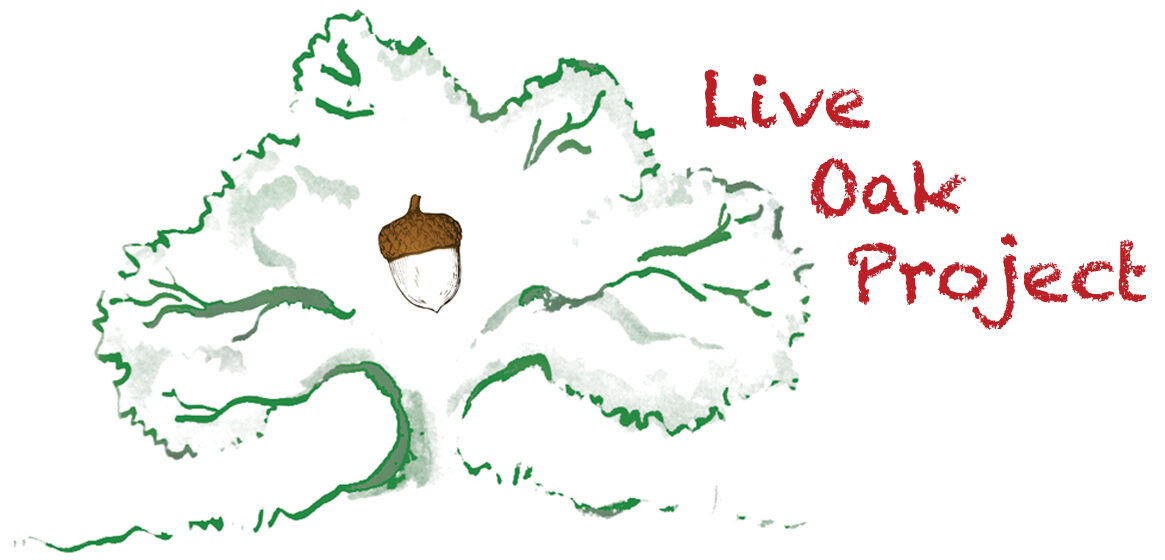Transforming nursing homes within the long-term care systems of support and services for frail elders and disabled can be analyzed as a three prong approach – Staffing, Architecture and Environment, and Culture. This can only be the result of a coordinated effort involving nursing home organizations, advocacy groups, Medicaid and Medicare reimbursement, regulation, tax policies, and favorable financing incentives, which over a period of time changes the landscape of long-term care.
1. Staffing. Government policy and lawmakers can mandate staffing requirements but it will do little good unless we begin to solve the workforce shortage, high turnover and low recruitment and retention challenges. That will require something more fundamental and substantial than mandatory staffing.
-
Enhance proper pay and benefits for Direct Care Workers (DCW) through Medicaid and Medicare pass throughs and other imaginative approaches.
-
DCWs must be regarded as a respected and honorable profession in serving its residents.
-
Commitment to the development of the profession so that DCWs become a key ingredient in consistent assignment of staff, participation in care planning, and part of the leadership team within each neighborhood or unit of a nursing home.
-
Increased educational and career opportunities for professional growth and human development.
-
Housing and daycare offerings, education in language skills and conflict resolution are examples of workforce ingenuity.
2. Architecture and Environment (A&E)
-
A&E has been undervalued as to its prominence in managing disease outbreaks, resident rights to individual space and privacy, and as an essential building block to person-centered care. Some say that good care can happen in any setting and poor care can happen in a modern one. True to an extent, but the pandemic revealed that the old model totally failed.
-
There needs to be a coordinated effort to enhance A&E for both the existing inventory of nursing homes as well as promoting new models, particularly small house models.
-
The enhancement of the home and community based services programs will also encourage traditional nursing homes to improve A&E, and new models hopefully will provide novel approaches and choices for those needing support and services.
-
Coordination of reimbursement changes and tax advantages to incentivize new A&E.
3. The Culture of Support and Services
Out of this triad, culture is the most abstract. How to mandate an empowering culture without being overly restrictive is an enigma not to be dismissed lightly. Every person is unique and every nursing home community is likewise. It’s the opportunity to finally create a perceptible culture for the person-centered care movement to thrive and develop.
How services are provided, resident participation in their own life experience, staff growth, and application of servant leadership has a lot to do with a unique organic culture. Without these elements it is highly unlikely that workforce and A&E will change significantly. Servant leadership and community development principles along with visionary and supportive ownership are critical in this area. Whether for profit, or non profit, or government.
The Nursing Home Reform Act (OBRA) of 1987, an incomplete milestone, attempted to reform nursing homes. Key components of OBRA were:
-
nursing assistants now required certification, becoming CNAs that ensured enhanced competency testing and training
-
elevated resident rights to the highest level of certification requirements
-
introduced the concept of highest practical physical, mental, and psychosocial wellbeing of every resident in the nursing home
-
federal certification surveys were to be more resident focused and outcome oriented

